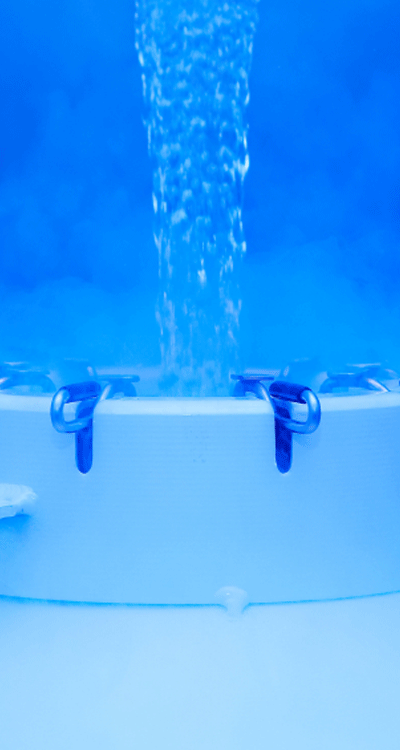
Cryotherapy refers to a treatment in which the skin is frozen. The most commonly used cryogen in liquid nitrogen (temperature -196 C) This can be applied using a cryospray or if being applied close to the eye a cotton tip applicator soaked in liquid nitrogen may be used.
WHAT DO WE TREAT WITH CRYOTHERAPY? Usually actinic keratoses (sun induced warty lesions), seborrhoeic keratoses (senile warts), and viral warts are treated in this way. Sometimes in-situ skin cancers such as Bowens disease or a very superficial basal cell carcinoma may be treated with cryotherapy. This is only done in selected cases carefully considered by your dermatologist. Careful follow up these cases is always recommended. Cryotherapy is not a treatment for malignant melanoma or any undiagnosed pigmented skin lesion.
HOW IS THIS TREATMENT GIVEN? Cryotherapy is applied to the skin for a few seconds depending on the desired diameter and depth of treatment. Different application times depend on the type on lesion being treated and also the site. There is particular caution when treating the face or areas more at risk of ulceration ie. When treating the lower leg/ shin area. Sometimes a single freeze is given other times a freeze thaw cycle is given, with two applications.
WHAT WILL HAPPEN AFTER MY TREATMENT? The treated area is likely to blister within a few hours. Sometimes the blister can appear red or purple if there is blood within, this is normal. After 48 hours gently wash the area.Within a few days a crust develops. This can be softened with Vaseline and should eventually drop off. The face usually heals quickly and can settle within a week. The slowest area to heal is the lower leg, this can take weeks sometimes.
WHAT CAN I EXPECT AFTER MY TREATMENT? Usually the lesion will drop off. Initially the skin can be a pink colour but this should fade. Sometimes after treatment the skin remains whiter ( hypopigmented) or in darker skin there may be a usually transient increase in pigmentation. Less commonly there is a small often hypopigmented scar at the site of treatment. This treatment isn't always definitive, sometimes the original lesion will slowly recur.
